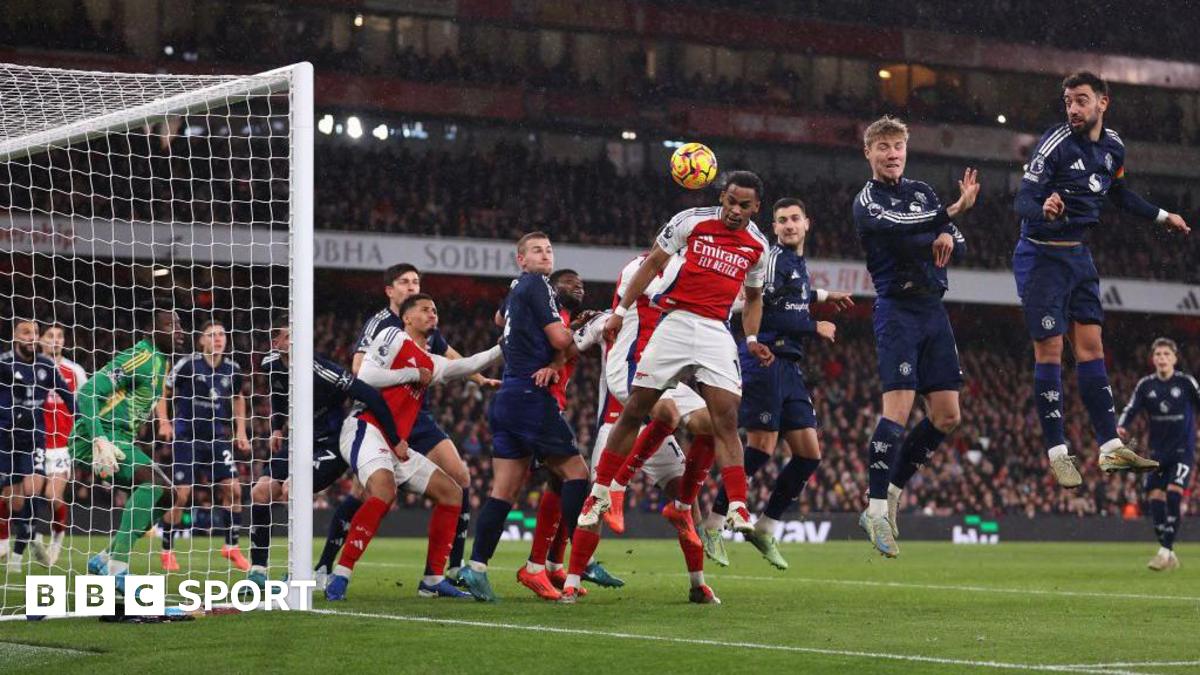Apart from the technical reasons, Pedersen also believes that there is a mental game when a team succeeds from a corner – their qualities breed uncertainty within the opponents.
“At Blackburn, we led the league in goals scored at one stage,” he says. “When you get that fear from the opposition, it helps you. You see that at Arsenal. Once you see that fear in the opponent, you keep attacking them. We could see that at Blackburn.”
The role of players who are not necessarily the target of delivery has become increasingly important, too. Looking away from the set-piece to the players waiting for a cross reveals a carefully planned system of scrambling and ‘blocking’ designed to create free runs on the ball for the team’s strong heads.
“The ‘dark art’ is the key to success from the angle – prevention,” says Stuart Reid, an independent analyst who has worked with several professional clubs.
“Even if you’re a side that doesn’t have a lot of aerial ability, most teams will have at least one player who’s good in the air. If you use blocking, chances are you can open that player up.”
“Tony Pulis was a great blocker,” Shawcross adds of his former Stoke manager. “We would set up two or three different blocks before the ball went in, and that would give the player a chance to attack the ball. We would have a free man in the front goal, a free man in the back goal, a free man in the middle and a man blocking the goalkeeper.
“All the things that are being talked about loudly now with Mikel Arteta, were being done years ago by the Welsh professional Tony Pulis.”
Corners still represent a small percentage of scoring chances – just 4.6% of corners led to a goal last season, for example.
But as Arsenal are showing – with Arteta’s men converting from 6% of their corners in 2023-24 – work on the training ground can pay dividends.
“Big games are decided by sets these days,” Pedersen concludes. “The more sets you get, the more chances you have to win these big games. It’s a big X factor.”





